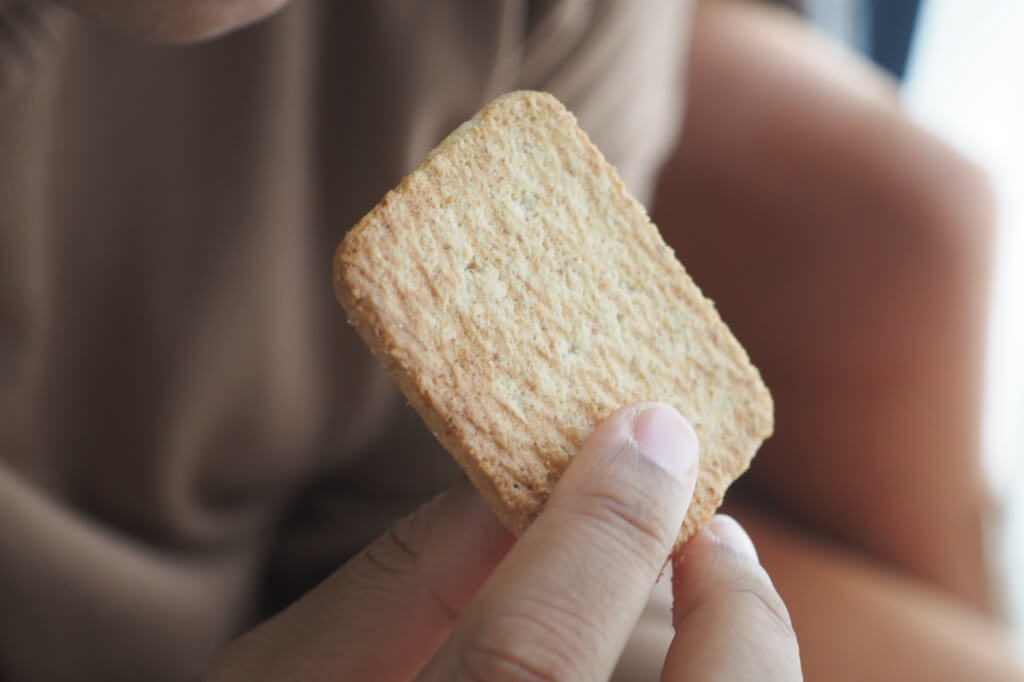One of the most persistent myths in South African kitchens is that microwaves cook food from the inside out. In reality, like all other forms of cooking, microwaves heat from the outside in. This misconception stems from a lack of understanding of how microwaves work and interact with different food components.
Microwaves are simpler devices than many realize. At their core are two main components: a magnetron and a high-voltage source. The magnetron generates microwaves that are then channeled into the cooking chamber (a metal box) via a waveguide. The microwaves bounce around inside this chamber, heating food through a process called dielectric heating.
Dielectric heating is the principle behind microwave cooking. It involves the agitation of water, fat, and sugar molecules in the food, which are electric dipoles. These molecules try to align with the rapidly alternating electric field of the microwaves, causing them to spin and generate heat. Frozen foods, which have water molecules immobilized in ice, take longer to heat up because these molecules can’t rotate freely at first.
A common misunderstanding is that microwaves penetrate deeply into the food, heating it from the inside. However, microwaves heat the outer layers first. Certain foods with dry exteriors might allow microwaves to penetrate with minimal absorption, giving the impression that the interior heats first. This is why sometimes in frozen foods, the outer layers might be warm while the core remains cold.
Another widespread myth is that metal can’t be heated in a microwave. Interestingly, the interior of a microwave is a metal box, and metal is used in certain cooking aids like the crisping sleeves in hot pockets. The caution against using metal in microwaves mainly concerns the risk of arcing and damage to the appliance, not that metal can’t be heated.
Contrary to some beliefs, microwave radiation is not carcinogenic. Microwave ovens operate using non-ionizing radiation, which doesn’t have the energy to break molecular bonds or cause cellular damage like ionizing radiation (e.g., X-rays). This makes microwave cooking safe from a radiation standpoint.
Microwaves operate at a frequency of 2.45 GHz, which is shared by many household wireless devices. This can sometimes cause interference, especially if a microwave isn’t properly shielded. The glass or plastic door of a microwave is embedded with a metal mesh. This mesh blocks microwaves but allows visible light to pass through, enabling you to see the food as it cooks without the microwaves escaping.
Running a microwave empty can damage the magnetron, as the microwaves need something to absorb. Standing waves formed in an empty microwave can lead to a breakdown of this component. Many microwaveable foods recommend letting the dish stand for a few minutes after cooking. This allows the heat to distribute evenly, especially in thicker foods where microwaves may not penetrate as deeply, preventing the outer layers from overheating while the center remains cold.
Microwave Use on Nutrient Retention
There is an ongoing debate about whether microwave cooking leads to a significant loss of nutrients in food. Some argue that the rapid cooking process preserves more vitamins and minerals compared to traditional cooking methods, which often involve longer exposure to heat and water. Others, however, raise concerns that the high levels of heat generated by microwaves might degrade certain sensitive nutrients more rapidly. Research in this area presents varied results, and the impact on nutrient retention continues to be a point of contention among health-conscious individuals and food scientists alike.
Microwave Cooking and Food Safety
Another topic for debate is the effectiveness of microwaves in ensuring food safety. Microwaves are known for their uneven heating, which can result in cold spots in the food where harmful bacteria might survive. This is particularly concerning in foods that require a consistent temperature to be safely consumed, like raw meats. The counter-argument highlights the importance of following proper microwave cooking instructions, including stirring and allowing standing time, which can mitigate this risk. Nevertheless, the discussion about the best practices for using microwaves to ensure food safety remains ongoing.
Environmental Footprint of Microwave Cooking
The environmental impact of using microwaves versus traditional cooking methods is also debatable. Microwaves are often praised for their energy efficiency due to shorter cooking times and the direct heating of food without heating a cooking vessel. However, the environmental cost of manufacturing and disposing of microwave ovens, which have a relatively short lifespan, contributes to their overall ecological footprint.
Effect of Microwaves on Food Texture and Flavor
The influence of microwave cooking on the texture and flavor of food is a subject of culinary debate. Some argue that microwaves can cause foods to become rubbery or unevenly cooked, affecting the overall eating experience. In contrast, proponents claim that when used correctly, microwaves can preserve the moisture and flavor of certain foods better than conventional cooking methods. The Psychological Perception of Microwave Cooking
There’s a psychological aspect to the debate. Some consumers perceive microwave-cooked food as less wholesome or inferior to food cooked using traditional methods. This perception can stem from the association of microwaves with pre-packaged, processed foods, which are often viewed as less healthy.




